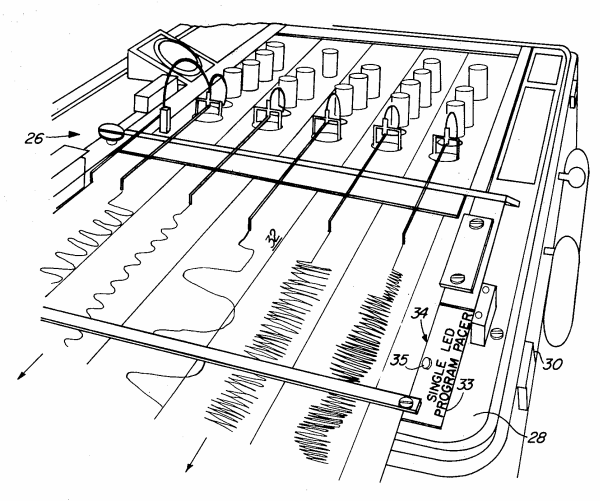Kotori is a multi-channel, multi-protocol telemetry data acquisition and graphing toolkit for time-series data processing.
It supports a variety of scenarios in scientific environmental monitoring projects, for building and operating distributed sensor networks, and for industrial data acquisition applications.
Kotori takes the role of the data historian component within a SCADA / MDE system, exclusively built upon industry-grade free and open-source software like Grafana, Mosquitto, or InfluxDB. It is written in Python, and uses the Twisted networking library.
The best way to find out what you can do with Kotori, is by looking at some outlined scenarios and by reading how others are using it at the example gallery. To learn more about the technical details, have a look at the used technologies.
- Multi-channel and multi-protocol data-acquisition and -storage. Collect and store sensor data from different kinds of devices, data sources, and protocols.
- Built-in sensor adapters, flexible configuration capabilities, durable database storage and unattended graph visualization.
- Based on an infrastructure toolkit assembled from different components suitable for data-acquisition, -storage, -fusion, -graphing and more.
- Leverage the flexible data acquisition integration framework for building telemetry data acquisition and logging systems, test benches, or sensor networks for environmental monitoring systems, as well as other kinds of data-gathering and -aggregation projects.
- It integrates well with established hardware-, software- and data acquisition workflows through flexible adapter interfaces.
Kotori can be installed in different ways. You may prefer using a Debian package, install it from the Python Package Index (PyPI), or run it within a development sandbox directly from the Git repository.
Corresponding installation instructions are bundled at https://getkotori.org/docs/setup/.
A compact example how to submit measurement data on a specific channel, using MQTT and HTTP, and export it again.
First, let's define a data acquisition channel:
CHANNEL=amazonas/ecuador/cuyabeno/1
and some example measurement data:
DATA='{"temperature": 42.84, "humidity": 83.1}'
Submit with MQTT:
MQTT_BROKER=daq.example.org echo "$DATA" | mosquitto_pub -h $MQTT_BROKER -t $CHANNEL/data.json -l
Submit with HTTP:
HTTP_URI=https://daq.example.org/api/ echo "$DATA" | curl --request POST --header 'Content-Type: application/json' --data @- $HTTP_URI/$CHANNEL/data
Measurement data can be exported in a variety of formats.
This is a straight-forward example for CSV data export:
http $HTTP_URI/$CHANNEL/data.csv
Thanks a stack to all the contributors who helped to co-create and conceive Kotori in one way or another. You know who you are.
Every kind of contribution, feedback, or patch, is much welcome. Create an issue or submit a patch if you think we should include a new feature, or to report or fix a bug.
In order to setup a development environment on your workstation, please head over to the development sandbox documentation. When you see the software tests succeed, you should be ready to start hacking.
The project is licensed under the terms of the GNU AGPL license, see LICENSE.
Special thanks to the people at JetBrains s.r.o. for supporting us with excellent development tooling.









)
)



